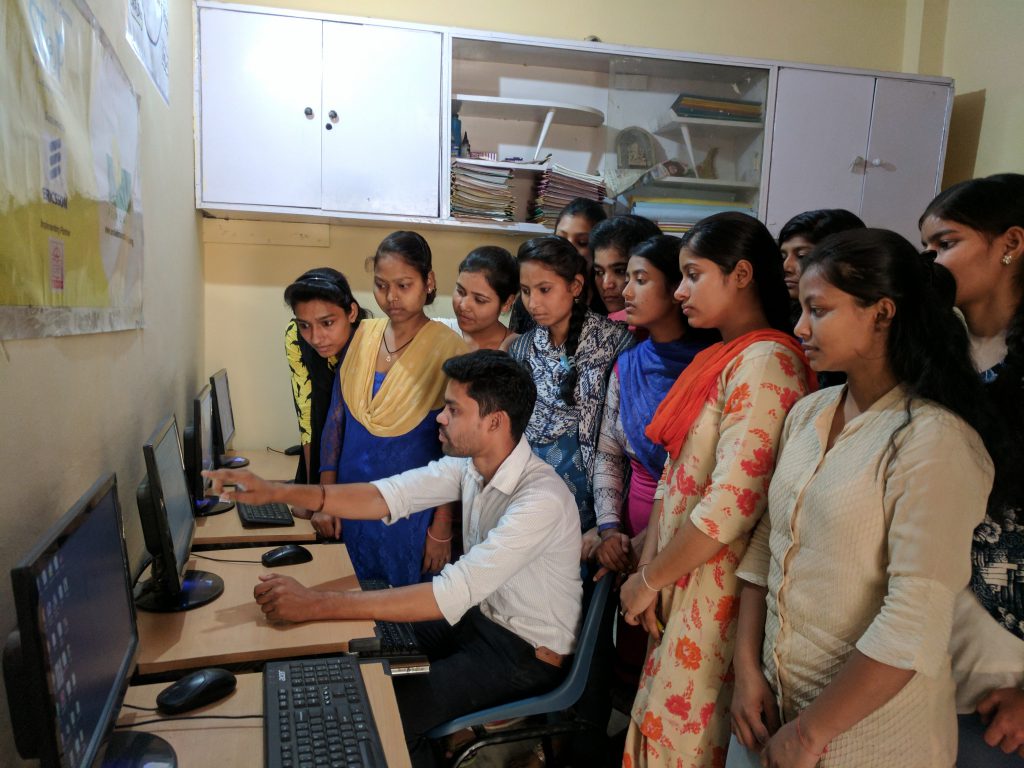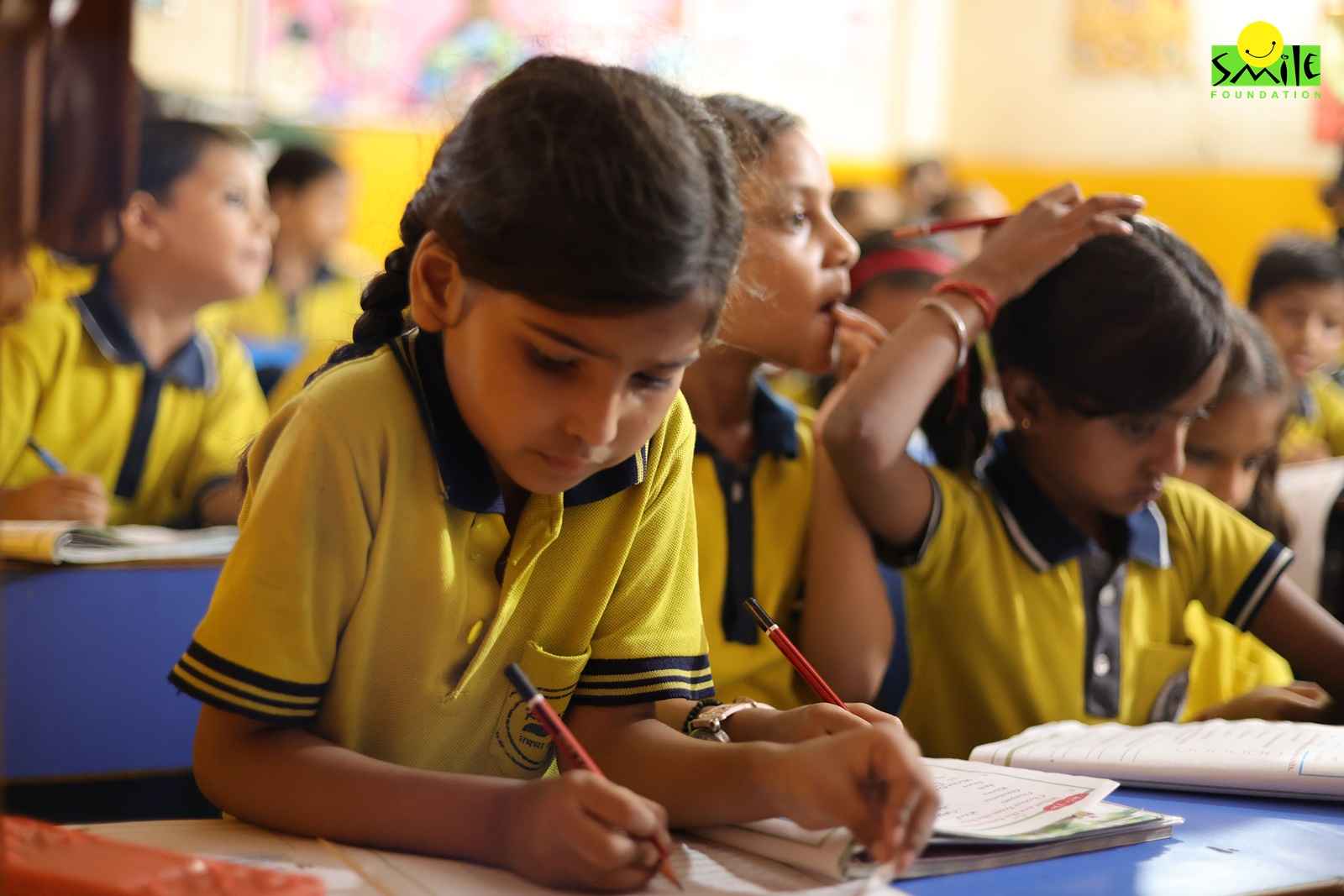“Gamification is not about playing games; it’s about creating engaging and immersive learning experiences that empower students to take charge of their own education.”
Adam Bellow, Founder of EduClipper
In recent years, there has been a growing interest in the use of gamification in education in India. Let’s understand its origins.
Artificial Intelligence in Education in India
Artificial intelligence (AI) is transforming various sectors, including education. In India, the implementation of AI in education is still in its nascent stage, but there is immense potential for it.
One of the key areas where AI is being used in education in India is personalised learning. With the help of AI-powered algorithms, educators can create customised learning experiences for each student based on their unique learning style and pace. For example, an AI-based learning platform can identify areas where a student is struggling and provide targeted interventions to help them overcome these challenges.
Another area where AI is being used in education in India is in improving the quality of assessments. With the help of AI, educators can create more accurate and reliable assessments that can measure not only the knowledge but also the skills and competencies of students. This can help in identifying areas where students need improvement and tailoring teaching methods accordingly.
AI is also being used to create immersive and interactive learning experiences, such as virtual and augmented reality (VR/AR). These technologies can create simulations and scenarios that allow students to apply their learning in a practical context. This approach can improve their understanding and retention of concepts.
Startups Embracing AI in Education
Several startups in India are already exploring the use of AI in education. For example, Edtech startup Embibe is using AI to provide personalised coaching and assessments to students preparing for entrance exams.
Another startup, Cuemath, is using AI to provide customised math learning experiences for children. The platform uses data analytics and AI algorithms to identify the learning gaps of each student and provides personalised worksheets to fill those gaps.
However, the implementation of AI in education also raises some concerns. For example, there is a risk of reinforcing biases if AI algorithms are not designed carefully. Additionally, the use of AI in education may lead to an increased fear among teachers and other education professionals of getting displaced. It is important for policymakers to address these concerns and ensure that AI implementation is ethical and equitable.
AI in education in India has the potential to revolutionise the education sector and create a more personalised and effective learning experience for students.
Importance of AI in Education
With AI-powered tools, educators can analyse student data and tailor the learning content to each student’s individual needs and abilities. This not only helps students learn at their own pace but also ensures that they receive the necessary support and guidance to excel in their studies.
“Artificial intelligence is not a substitute for a good teacher, but it can enhance the quality of education.”
John McCarthy, American Computer Scientist and Inventor of the term “artificial intelligence.”
AI-powered chatbots can assist students with queries and doubts, providing them with immediate assistance and support. Another significant advantage of AI in education is its ability to make education more accessible and inclusive. With the help of AI-powered tools, education can be made more engaging and interactive. This can improve student retention and reduce dropout rates.
AI can also help bridge the gap between students from different backgrounds by providing them with access to high-quality education resources regardless of their location or socioeconomic status. As AI technology continues to evolve, we can expect to see even more innovative and effective applications in the education sector in the years to come.
Importance of Gamification in Education
Gamification is the process of incorporating game design elements into non-game contexts. It has gained significant attention in the field of education in recent years. By integrating game mechanics, such as points, levels, and badges, into the learning experience, gamification can increase student engagement, motivation, and retention.
- One of the key benefits of gamification in education is that it can make learning more interactive and fun. This can be particularly effective for students who may struggle with traditional teaching methods or find certain subjects boring.
- Gamification can help to break down complex concepts into more manageable chunks. It can also provide instant feedback to students, allowing them to track their progress and identify improvement areas.
- Gamification can also be used to promote healthy competition and collaboration among students, fostering a sense of community and teamwork. By creating a leaderboard or allowing students to earn badges or other rewards for their achievements, gamification can motivate students to work harder and encourage them to help their peers succeed as well.
- Another benefit of gamification is that it can help to develop important life skills, such as problem-solving, critical thinking, and decision-making. By incorporating decision points and scenarios into the learning experience, students can practise making choices and evaluating the outcomes of those choices.
Examples of Gamification of Curriculum Content in Education
Quizizz: Quizizz is an online learning tool that allows teachers to create quizzes, flashcards, and other interactive content to help students learn. The platform uses gamification to encourage students to learn and compete with each other.
Classcraft: Classcraft is a role-playing game that teachers can use to engage students and make learning more fun. The platform allows teachers to create quests, challenges, and other activities that students can complete to earn rewards and progress in the game.
Minecraft Education: Minecraft Education Edition is a game-based learning platform that allows teachers to create immersive learning experiences for students. The platform uses gamification to engage students and make learning more fun, allowing them to build and explore virtual worlds while learning about various subjects.
Final Thoughts
As technology continues to advance, the future of AI in education looks bright. It is important for educational institutions in India to stay up to date with these developments to ensure that students have access to the best possible learning experiences.
By embracing gamification and AI in education, we can create a more effective and equitable education system. Students can reach their full potential with the help of AI.
Smile Foundation’s Mission Education
Smile Foundation is committed to improving the education of underprivileged children in India. Our flagship programme, Mission Education also provides education and support to children who are out of school and dropouts.
The programme includes initiatives such as remedial classes, computer training, vocational training, and life skills training. Gamification of curriculum content is high on our priority list. Complete and transparent access to education and the necessary resources for success are the guiding sources of our work.









